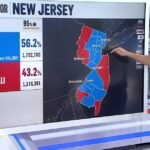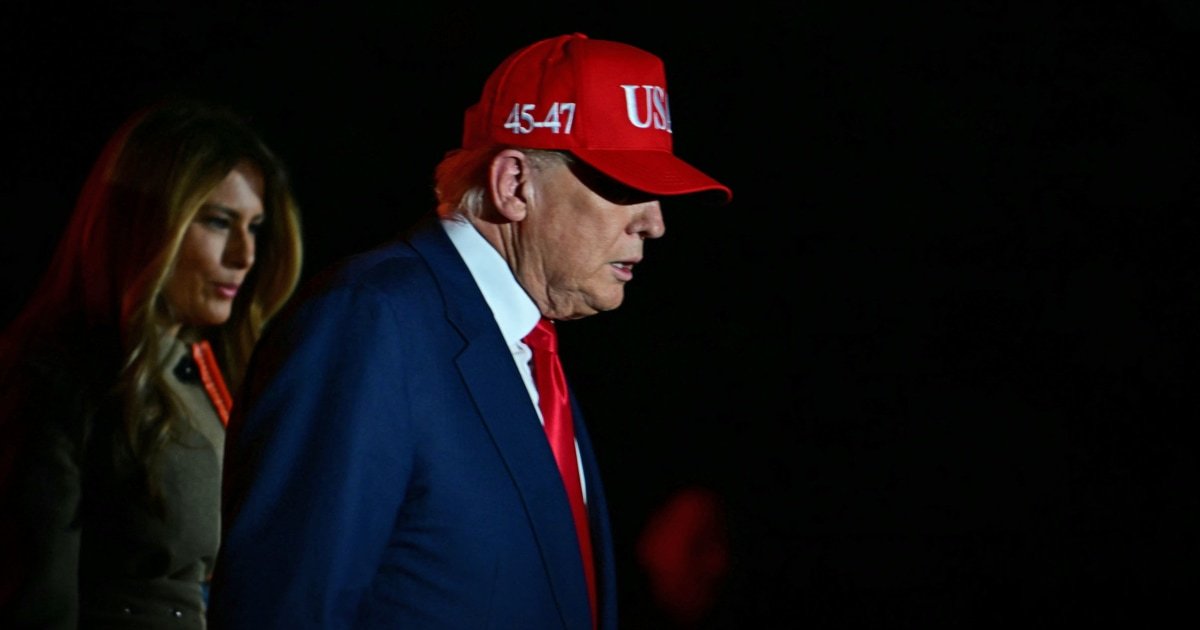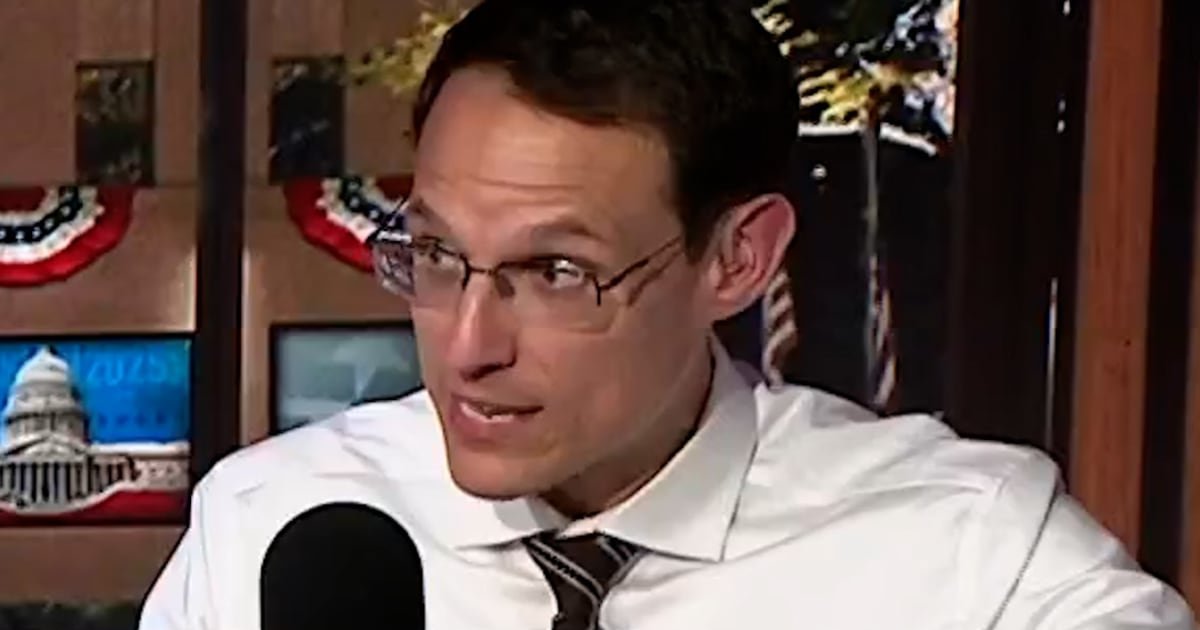WASHINGTON – President Donald Trump’s signature economic policy is under Supreme Court scrutiny Wednesday as justices weigh whether he has the authority to impose sweeping tariffs on imports under a law designed to be used during a national emergency.
The Supreme Court has a 6-3 conservative majority that has regularly sided with Trump in several contentious cases since he took office in January, but many legal observers believe the dispute over the tariffs is too close.
The consequences are enormous for Trump and the broader economy, and Americans are increasingly anxious about signs that the tariffs are helping to raise costs, rather than alleviating them.
A new NBC News poll found that 63% of registered voters believe Trump is failing to live up to expectations on the economy after he proposed lowering prices, in part, through tariffs. Other recent polls show that a majority of Americans oppose tariffs, which place a disproportionate burden on small businesses.
The legal question is whether a 1977 law called the International Emergency Economic Powers Act, or IEEPA, which allows the president to regulate imports when there is an emergency, extends to the power to impose global tariffs of unspecified duration and scope.
The Constitution establishes that the power to set rates is assigned to Congress. IEEPA, which does not specifically mention tariffs, says the president can “regulate” imports and exports when he deems there is an emergency, which occurs when there is an “unusual and extraordinary threat” to the nation.
Until Trump began his second term in January, no president had used the law to tax imports. Lower courts ruled against the Trump administration, and both sides asked the Supreme Court to issue a final ruling.
Trump has made clear how important this case is to him and his economic plan, repeatedly warning of drastic consequences if the court removes his tariffs. He had even suggested that he would attend Wednesday’s oral arguments in person, becoming the first president to do so. He later abandoned that idea, but Treasury Secretary Scott Bessent said he plans to attend.
“If a president were not able to quickly and nimbly use the power of tariffs, we would be helpless, perhaps even leading to the ruin of our nation,” Trump said in a Truth Social feature post on Sunday.
But even if he were to lose at the Supreme Court, Trump has imposed other tariffs under different laws that would survive. And his administration has been looking for other ways to impose tariffs, although those methods are more limited.
The court is processing the case on an expedited basis, meaning a ruling could be issued within a short time. It has consolidated two underlying challenges posed by small businesses and a coalition of states.
VOS Selections Inc., a wine and spirits importer, Plastic Services and Products, a pipe and fittings company, and two companies that sell educational toys are among the companies that sued.
The high-stakes case highlights a court that was skeptical of President Joe Biden’s unilateral use of executive power, including his attempt to forgive billions of dollars in student loan debt. The court blocked that proposal, citing what has been called the “important issues doctrine.”
Under that theory, adopted by the conservative majority in recent years, a president cannot impose a broad policy with enormous impacts on society and the economy unless Congress passes a law specifically allowing it.
The challengers said in court papers that the justices don’t even need to get to the “important issues,” noting that the IEEPA text doesn’t grant any power to impose tariffs.
They noted that other laws, including the Trade Act, specifically give the president the authority to impose tariffs in some form.
Even if Trump could, in theory, use the IEEPA for tariffs, there is no emergency that would justify invoking it now, they added.
Attorney General John Sauer, representing the Trump administration, argued in his brief that the law is written in a way that gives the president broad powers, including over tariffs.
The tariffs are necessary because of “trade deficits that kill countries,” he added, echoing Trump’s dire language.
The cases concern two sets of tariffs. One is country-by-country or “reciprocal” tariffs, which range from 34% for China to a base of 10% for the rest of the world. The other is a 25% tariff that Trump imposed on some products from Canada, China and Mexico that the administration says failed to stem the flow of fentanyl.
Other tariffs applied using different legal authorities, such as the 50% tariffs on steel and aluminum to all other trading partners in the world, are not at issue in the case before the court.
As of late August, IEEPA tariffs had raised about $89 billion, according to the latest available data from U.S. Customs and Border Protection. If the Supreme Court strikes down those tariffs, the government would face demands from companies to return those revenues.








